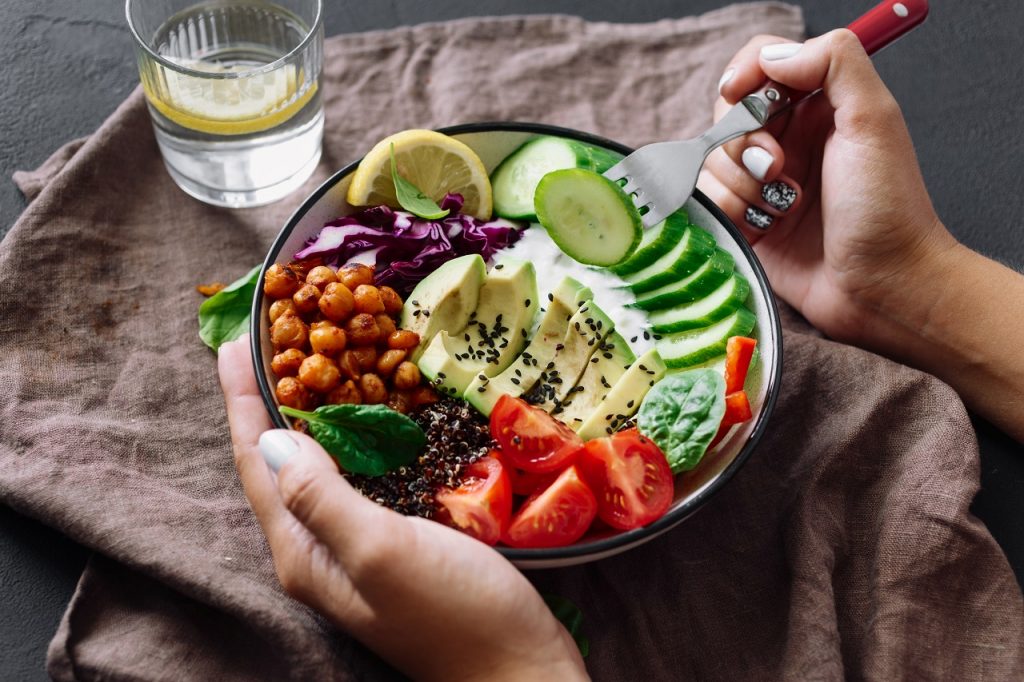
It is no question that Australians love to eat out. Whether it is part of its laid-back culture, or people are too busy to make their meals, the outcome can be unhealthy. Fortunately, you can enjoy restaurant-quality, healthy dishes every day with meal plans. But first, how much do Aussies spend on restaurants and takeaways?
What the Numbers Are Saying
The Australian Bureau of Statistics (ABS) reported that meals out and fast foods topped all types of food expenditure from 2015 to 2016. It does not matter whether the income came from pension or private employment.
Family spending on dine-outs also increased throughout the years. In 1988, it accounted for only 25% of the budget. By 2016, it grew to 34%. On average, a household spends over $1,500 annually on fast food and restaurants alone.
Meanwhile, about 84% of 14 years old and above Australians still prefer the most popular fast-food restaurants for their meals. These are KFC, McDonald’s, and Subway, according to Roy Morgan. The rest frequently visit their local fish-and-chips shops and pizza parlours.
What Eating Out Means to Health
Once in a while, it is fun to dine out and spend time with family and friends. The problem comes in when it becomes a part of your lifestyle and diet.
A 2018 research highlights the ill effects of fast and processed food on health. The study shared that:
- Excessive consumption of meat, poultry, and other animal products can accelerate premature ageing. It also raises the odds of early death and chronic disease.
- Eating a lot of refined carbohydrates can worsen the risks of diabetes and cancer, as well as problems with brain health, such as dementia.
- Most of these restaurant foods are high in sodium and refined sugar. Both can increase the risk of obesity. Excess fat can raise the odds of metabolic diseases such as heart disorders, cancer, and diabetes.
How to Eat Healthy When You Do Not Have the Time
The Australian government and other international health agencies advised consuming a balanced diet:
- Meals should include all the macros: carbohydrates, proteins, and fats. The sources, though, need to be healthy.
- People should eat not less than five servings of fruits and vegetables a day.
- The Blue Zones food guidelines advocate for reduced dairy, limited consumption of eggs, spare eating of meat, and a handful of nuts daily. One may also need at least a half-cup serving of beans.
For many, eating healthy can mean bland taste and inconvenience. How do you get past this? The answer is to subscribe to meal plans.
How does it work? A company such as Lite n’ Easy can provide you with a list of menus. You then select your food according to your needs. You can consider calories, taste, and the ingredients you prefer.
These meal plans, have your health and weight in mind all the time. These, therefore, strive to help you meet the daily diet recommendations.
What’s more? Since chefs prepare them, these dishes are not only nutritious but also delicious.
For the benefit of your health, it is time to redirect your spending from restaurant meals to high-quality, healthy dishes delivered straight to your home.


